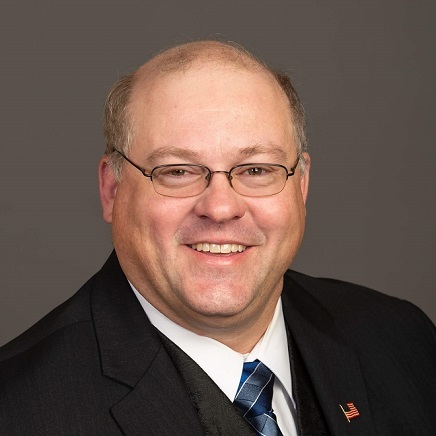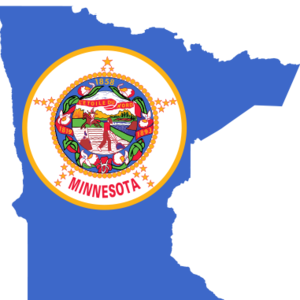Minn. celebrates 17 years since biodiesel mandate was enacted




March 15, 2019
BY Ron Kotrba
March 15, 2002, was a landmark day for biodiesel. Seventeen years ago, Minnesota enacted the nation’s first biodiesel mandate, which went into effect in 2005. The trailblazing blend requirement started at 2 percent and was bumped up to 5 percent in 2009.
In 2008, then Gov. Tim Pawlenty signed a bill even further boosting the mandate to B10 and then ultimately B20 for the warmer months of April through September. For the colder months of October through March, the mandate would roll back to B5.
While the B10 and B20 mandates were delayed—the jump to B10 was supposed to happen in 2012 and B20 in 2015—they ultimately went into effect in 2014 and 2018, respectively, once statewide blending infrastructure was ready.
Advertisement
Jim Willers, a soybean farmer in Beaver Creek, Minnesota, is a director for the United Soybean Board as well as a director on the Minnesota Soybean Research & Promotion Council board. “Biodiesel in Minnesota has about a $1.7 billion economic impact,” Willers says. “And biodiesel has created more than 5,000 direct and indirect jobs. Last year was the first year with B20, and we had a real good year. There were hardly any complaints.”
Willers notes the significant improvement in biodiesel quality over the years.
“There was difficulty in the beginning,” Willers told Biodiesel Magazine. “Some producers were not making on-spec biodiesel at the time, and not a lot of producers were making BQ9000 biodiesel. Now, a very high percentage of plants are BQ9000-certified, and quality is way better than it was in 2005. If people have fuel quality issues now, it’s pretty much guaranteed that it’s not the biodiesel portion causing them.”
Willers says Minnesota’s B20 mandate is equivalent to taking 223,000 cars off the road.
Advertisement
Chris Hill is a soybean farmer in Brewster, Minnesota, and serves as a director with the American Soybean Association. He joined the Minnesota Soybean Growers Association in 2002. Hill was preparing to travel to Washington, D.C., for an ASA meeting and to lobby congressional staffers to reinstate the biodiesel tax credit, which has been lapsed for more than 14 months.
“Without the tax credit, a lot of red ink is being spilled in these deals,” Hill told Biodiesel Magazine.
The B20 mandate went into effect in May of last year. A month later, it was temporarily suspended due to supply issues when Minnesota Soybean Processors’ plant in Brewster shut down for maintenance. The mandate requires at least 50 percent of the biodiesel used to satisfy the mandate to come from Minnesota production. About 110 MMgy of biodiesel demand is created from the blend requirement.
This year will be the first full year of the B20 mandate for the entire duration of the wamer months, starting in April as opposed to May like last year.
Related Stories
The U.S. EPA on March 24 asked the U.S. District Court for the District of Columbia to dismiss a lawsuit filed by biofuel groups last year regarding the agency’s failure to meet the statutory deadline to promulgate 2026 RFS RVOs.
The USDA on March 25 announced it will release previously obligated funding under the Rural Energy for America Program To receive the funds, applicants will be required to remove “harmful DEIA and “far-left climate features” from project proposals.
2025 International Biomass Conference & Expo concludes as largest event in a decade and unparalleled industry insights
The 2025 International Biomass Conference & Expo, held March 18-20 in Atlanta Georgia, featured of insightful discussions, cutting-edge technology showcases, and unparalleled networking opportunities.
Airbus is taking a significant step toward scaling the adoption of sustainable aviation fuel (SAF) by testing a new “Book and Claim” approach. This initiative aims to boost both supply and demand for SAF worldwide.
Signature Aviation, the world’s largest network of private aviation terminals, has announced the expansion of its blended SAF offering at six new locations across Europe following multiple blended SAF supply agreements.
Upcoming Events










